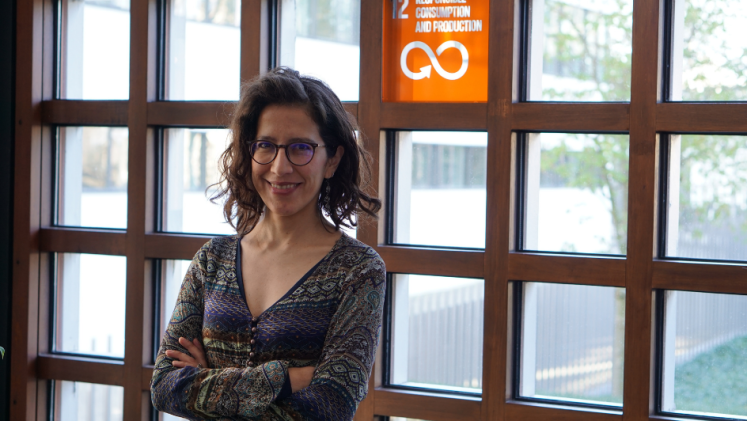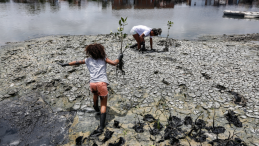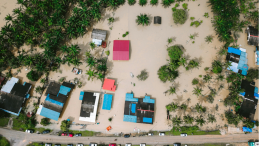Dr. Alicia Bustillos Ardaya works with the Global Mountain Safeguard Research (GLOMOS) programme at UNU-EHS where she supports ongoing and future research activities on disaster risks in mountainous areas. Her work contributes to the development of resilient mountain communities towards natural and man-made hazards, of which glacial retreat is an important one.
What is the difference between glacial retreat and glacial melting?
It is normal that glaciers melt to some extent. Under normal circumstances, some glacial melting is nothing out of the ordinary and has limited to no effect on the glacier’s size. Glacial retreat is a different story, as in this case the glacier melts faster than snow and ice can accumulate, causing glaciers to slowly disappear. Man-made global warming is at the root of this process that can be observed in glaciers all around the world.
What are the impacts of glacial retreat on the short and long term?
The problem with glaciers slowly disappearing is twofold. Firstly, because of the melting, more water than usual ends up in streams and rivers. Mountain communities and downstream villages and cities adapt to this surplus of water and in some cases cultivate their crops accordingly. However, flood risks may also increase with a higher water supply than usual. Secondly, less water availability is a long-term consequence of glacial retreat. Once most of the glacier melts, dry periods shift and extend. When a whole glacier melts, it may never come back – meaning there will also be no meltwater available. A water resource is then lost, and water provision reliability or even the overall water supply for ecosystems may disappear with it.
How can people adapt to the impacts of glacial retreat?
It is difficult to precisely predict when a specific glacier will have disappeared for good, which in turn makes impacts difficult to adapt to. In addition, the perception of people needs to shift to a point where people realize adaptation is crucial. Mountainous areas might experience a year with more runoff, after which people that live in mountain villages might not see the urgency of adapting their ways to protect their livelihoods in the long run. For instance, farmers need to plan ahead as they rely on proper water supply for growing their crops. Large mountainous cities offer an even more complex case, as more people depend on water in more ways, for example for their use of hydropower. Cities therefore need to adapt to finding different water, energy and food resources. To paint a concrete picture we can take the example of the Poopó Lake in Bolivia. The lake completely dried up, while it once was the second biggest lake of the country (with over 1,000 km² permanent surface). Glacial retreat was not the only cause for the lake’s disappearance, as unsustainable water use of the remaining water also played a large role. The first time the lake dried up was in 1994. During raining seasons in the following years, the lake somewhat refilled, which resulted in people and the government not being able to fully grasp the urgency of the situation and taking sufficient adaptation measures in time. In 2015 the lake dried up for good, which was declared a national disaster. As a consequence, people that did depend on the lake for their livelihoods are migrating to other regions or are exploring different sources of income.
What are solutions against glacial retreat?
Impacts of glacial retreat are directly linked to climate change, as rising temperatures heavily impact precipitation patterns. Therefore, to prevent further retreat, climate change needs to be tackled on a global scale. However, there are also actions that can be taken at the local level to lower the impact of glacial retreat, especially with regards to water provision up and downstream. In many places, governance regarding water provision can be improved, ideally in collaboration with local communities. Such communities can also help implement Nature-Based Solutions, as they often have traditional knowledge regarding water storage in their area. As a result of globalization, people are increasingly trying to bring new technologies to rural mountain communities. To a certain extent, these can be used in combination with existing traditional knowledge to adapt, prevent extreme events, and safeguard water provision and supply.




